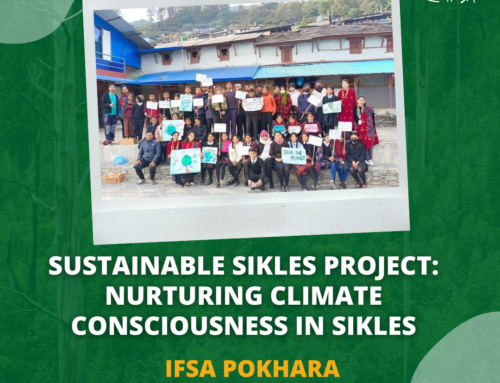On the island of Guam, this question is no longer hypothetical. Due to the accidental introduction of the brown tree snake (Boiga irregularis) after World War II, the absence of birds is the reality in most of the island’s forests.
So what is a forest like without birds?
The first thing one notices is the eerie silence that proliferates throughout the jungle. A breeze rustles leaves in the trees, toads chirp, an occasional monitor lizard scurries away, but the twittering song of birds is rare. The second immediate observation is the great abundance of spiders and webs woven between branches. Noticeable, in that it is difficult to navigate through the trees without accepting a mask of cobwebs to one’s face. While the image created is rather spooky (coupled with the presence of the taotaomo’na, local ancestral spirits who reside within the land), the jungle ecosystem is complex and still retains much of its beauty.
I have had the unique opportunity to work with the Ecology of Bird Loss Project in the Mariana Islands- Guam (a territory of the United States), Saipan, Rota, and Tinian (Commonwealth of the Northern Mariana Islands). The project takes advantage of the unique study system created by circumstance. The four islands are very similar in their cover and composition of limestone karst tropical forest. However, on Guam, the birds in the forest are few and have lost their functional capacity. This study system allows one to probe a little deeper– past the silence and cobwebs– to understand the role that birds play in forest dynamics of tropical islands.
Many of the birds in the Mariana Islands are frugivorous– most of their diet derived from the fruits of trees, vines, and herbs. As such, they play a critical role in seed dispersal and seed processing. It is expected that the loss of birds could have a number of consequences. These include but are not necessarily limited to: changing species composition and diversity of tree species throughout the forest, slower canopy gap closure times after disturbance, lower rates of germination, and changes in trophic interactions. Indirect effects could include changes in carbon storage of forests and soils, receding forest cover, proliferation of invasive species, and loss of native plants and animals.
I have been working as part of a team of local and international researchers to collect the data that will contribute to the understanding of the role of birds in the ecosystem. This largely involved: resurveying the trees present at field sites (measuring growth, recording new trees, noting dead trees), resurveying experimental gaps created by removing trees (to gain a sense of recovery from disturbance), and collecting light and temperature data throughout the forest. Other aspects of the project include the role of other introduced herbivores (rats and pigs) and the behavior and survival of remaining bird populations. The project is amongst many research
activities on the island that are examining the unique ecosystems on the island. Islands are unique biogeographic phenomena; as such, the research in the Marianas continues to provide valuable insight into island ecology and conservation strategies for communities around the world.
My experience with The Ecology of Bird Loss Project has been nothing short of amazing. I had the unique opportunity to work and explore the relatively unknown islands of the Marianas. While I value the wealth of experience and knowledge gained during my time here,the opportunity here has instilled a new, profound appreciation for the avian community. Birds are integral members of ecosystems around the world, but their ecological roles are often overlooked and their services are not fully understood. This experience has provoked new admiration, wonder, and interest in bird species. Birds are notable contributors to ecological systems and the human experience of these systems. The next time you step outside, I hope you take a moment- stop, listen, and look around. What would your world be like without birds?
Erin Fitz is a recent graduate from the University of British Columbia. She looks forward toexploring and learning from the ecological phenomena of this world and understanding the role she can play in creating positive impact in society and environments. Erin looks forward to using art and community initiatives to engage a diverse audience in conservation issues and management. She is particularly interested in agroforestry, sustainable agriculture, traditional use of non-timber forest products, and social implications of landscape management and use.
]]>



